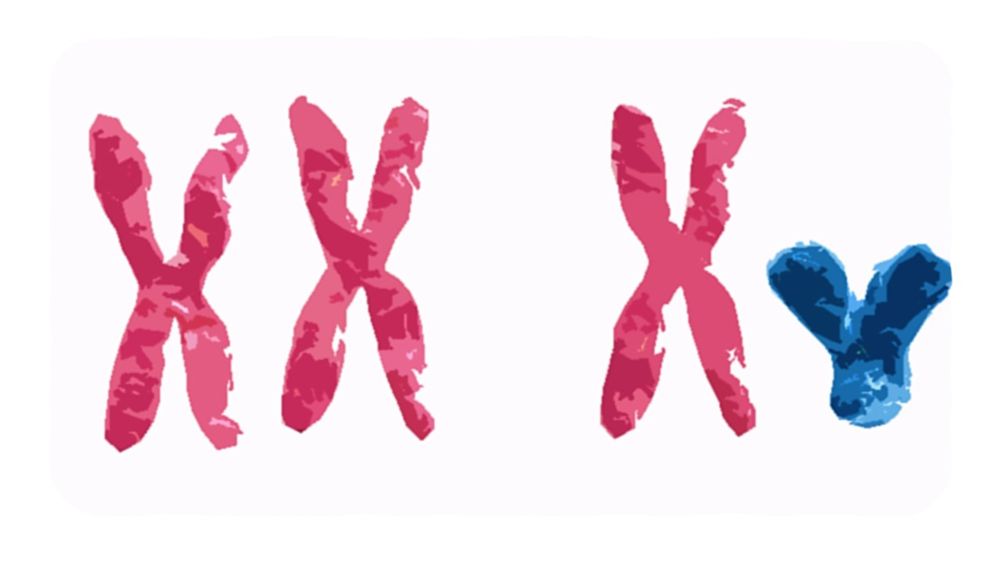
www.biorxiv.org/content/10.1...

www.biorxiv.org/content/10.1...
www.physalia-courses.org/courses-work...
#SexChromosomes #GenomeEvolution #Transcriptomics #ComparativeGenomics

→ doi.org/10.1093/giga...
©AdobeStock, Thorsten Spoerlein
#UralOwl

→ doi.org/10.1093/giga...
©AdobeStock, Thorsten Spoerlein
#UralOwl
cultures for genomics with @leibnizlib.bsky.social @maxplanck.de

cultures for genomics with @leibnizlib.bsky.social @maxplanck.de
🔗 training.galaxyproject.org/training-mat...
Explore more open-access training materials in the ERGA #KnowledgeHub ➡️ knowledge.erga-biodiversity.eu
#GenomeAssembly

🔗 training.galaxyproject.org/training-mat...
Explore more open-access training materials in the ERGA #KnowledgeHub ➡️ knowledge.erga-biodiversity.eu
#GenomeAssembly
🔗 Read the #GenomeReport: open-research-europe.ec.europa.eu/articles/5-173
#Crete #biodiversity #genomics #beetle #conservation @genoscopeumr.bsky.social @genolage.bsky.social

🔗 Read the #GenomeReport: open-research-europe.ec.europa.eu/articles/5-173
#Crete #biodiversity #genomics #beetle #conservation @genoscopeumr.bsky.social @genolage.bsky.social
Today, our BGE colleagues Alexandros Triantafyllidis and @rmwaterhouse.bsky.social gave presentations on #Biodiversity #Genomics during the @lifewatcheric.bsky.social Biodiversity & Ecosystem eScience Conference 2025.
🔗 www.lifewatch.eu/bees-2025/
horizoneu.bsky.social


Today, our BGE colleagues Alexandros Triantafyllidis and @rmwaterhouse.bsky.social gave presentations on #Biodiversity #Genomics during the @lifewatcheric.bsky.social Biodiversity & Ecosystem eScience Conference 2025.
🔗 www.lifewatch.eu/bees-2025/
horizoneu.bsky.social

👉 t1p.de/v3fej

👉 t1p.de/v3fej
doi.org/10.1093/giga...

doi.org/10.1093/giga...

